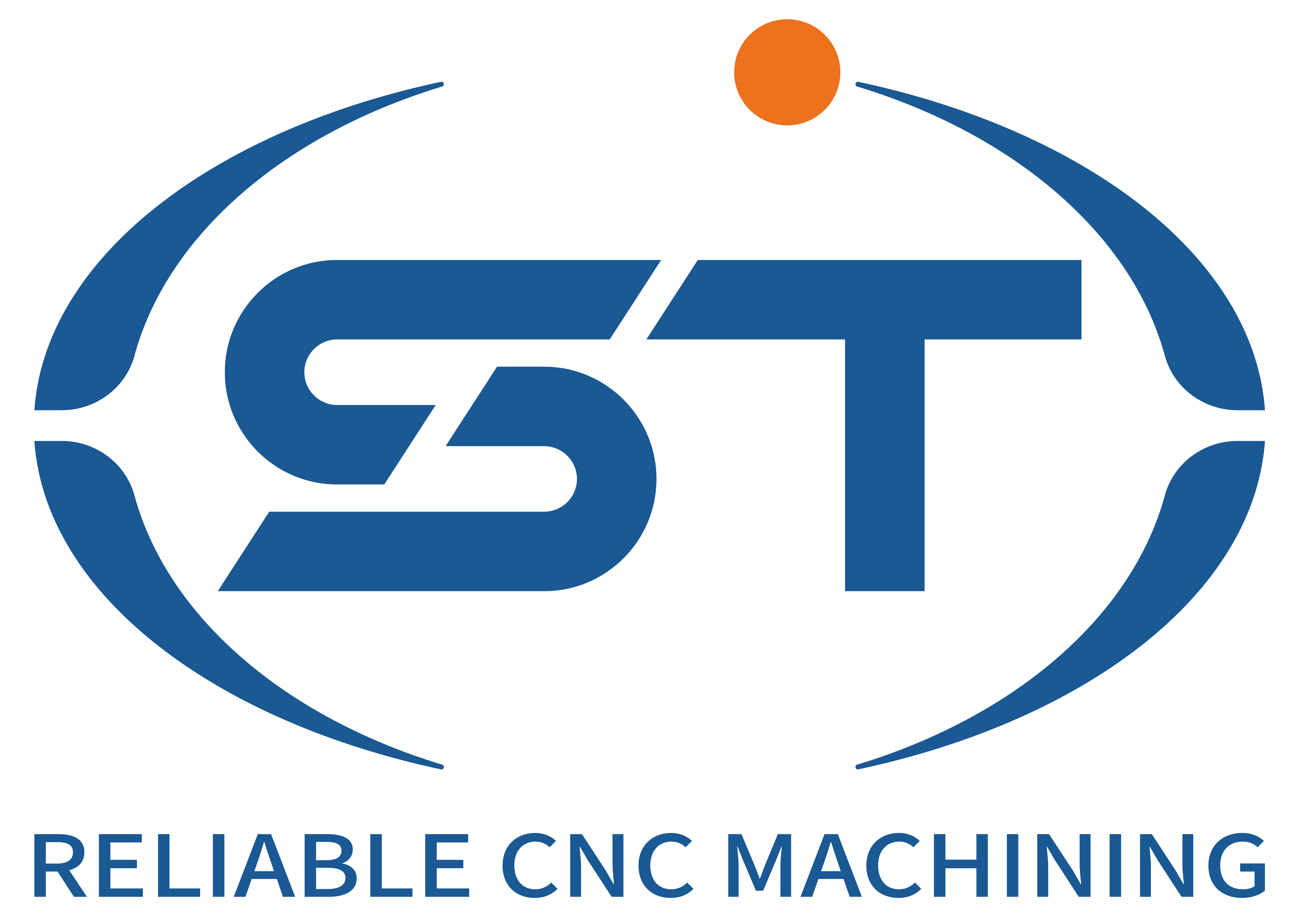Inhoudsopgave
SchakelaarIntroduction to Hybrid CNC Additive Machining
In today’s rapidly evolving manufacturing landscape, hybrid CNC additive machining is emerging as a game-changer. Combining traditional CNC-bewerking with cutting-edge additive processes such as 3D printing, this innovative approach offers manufacturers significant advantages in creating complex and lightweight components.
Benefits of Hybrid Manufacturing
One of the most notable benefits of hybrid CNC additive machining is the dramatic reduction of material waste. With the ability to build structures layer by layer, industries can achieve intricate designs without the excess byproducts typically associated with traditional machining methods. This is particularly beneficial for sectors like aerospace and medical, where material efficiency is not only cost-effective but also critical for safety.
Accelerated Prototyping and Cost Reduction
Hybrid workflows also expedite the prototyping process. By streamlining manufacturing, companies can quickly transition from design to production, enabling faster testing and iteration. This agility helps reduce overall costs and enhances design freedom, allowing engineers to explore innovative solutions without being constrained by traditional manufacturing limitations.
In conclusion, the synergy created by combining CNC machining with additive manufacturing is reshaping the way industries approach production. Hybrid CNC additive machining not only fosters creativity and design flexibility but also promotes sustainability through minimized waste. As this technology continues to evolve, its impact on manufacturing will only grow stronger.




